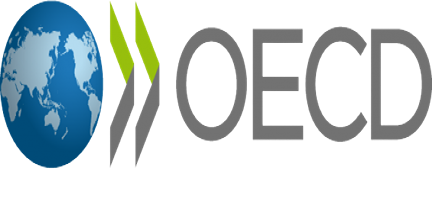On 22 June 2022 the OECD’s Forum on Tax Administration (FTA) published a report on the Analytics Maturity Model. This report is part of a series introducing maturity models that can help the tax administration to self-assess, through a process of internal discussions, their current level of maturity in relation to certain functions. The Analytics Maturity Model allows tax administrations to assess their level of maturity in relation to the availability and usage of analytics.
Analytics are used for operational purposes, to identify areas where there may be opportunities for increased efficiency and effectiveness within the administration. The FTA has developed the Analytics Maturity Model to aid tax administrations in assessing their current level of capability, in developing an understanding of changes that may be required, and in identifying other organisations that may be able to share relevant experience.
The model can provide the senior leadership of the tax administration with a view of the current level of maturity to help them determine strategy and identify areas for further improvement. Tax administrations will be able to compare themselves to other administrations and where possible contact other tax administrations at different levels of maturity to initiate peer-to-peer discussions to gain greater understanding.
Maturity models mainly describe processes and the general results of those processes, rather than basing themselves on metrics. Although the metrics may indicate a certain outcome, they do not show how that outcome has been achieved, or if it is sustainable. There is no one-size-fits-all or any judgment about the optimal level is for a particular tax administration, as this depends on the circumstances and priorities of that administration. The maturity model can however assist the administration in assessing their current level of maturity and the kind of processes they may need to consider if they are to raise their level of maturity.
With the help of maturity models, organisations can assess their current level of capability in each functional, strategic or organisational area. By assessing its level of maturity an organisation can establish the type of changes that would lead to a higher level of maturity. The Maturity Model can therefore allow tax administrations to identify the areas or functions where the level needs to be raised, taking into account the circumstances, broader objectives and priorities.
In some cases, functions may need support from other parts of the tax administration or from external sources such as other parts of government. Communication with other parts of the organisation or other government bodies can help to identify business areas where there is scope for synergies and where functions could benefit from mutual support.
As tax administrations operate in different environments, a standard approach to tax administration may not always be practical, so the report should be considered bearing in mind the challenges and priorities facing each particular tax administration. It is not likely that all parts of the Maturity Model will be useful for all tax administrations. For guidance the report contains a summary of the results of the self-assessments conducted by tax administrations that participated in the pilot phase.

















